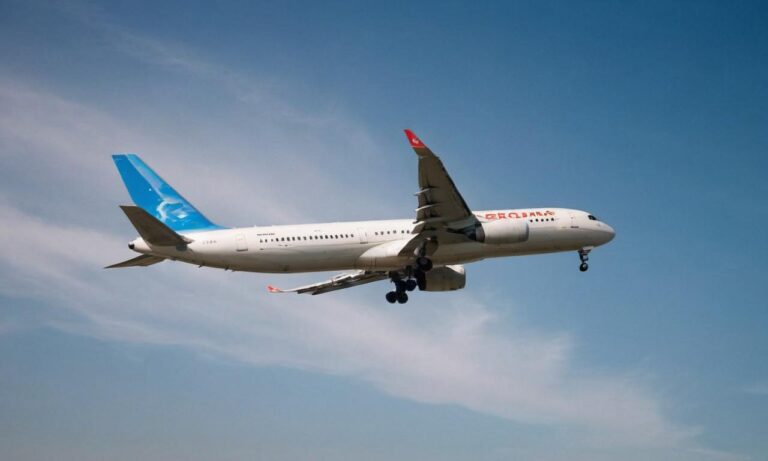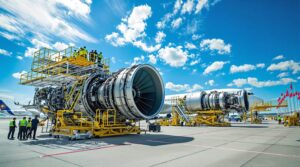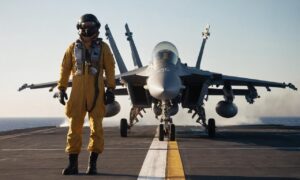When it comes to long-haul flights and intercontinental travel, the range of an aircraft becomes a crucial factor. Pilots, airlines, and aviation enthusiasts often ponder the question: What aircraft has the longest range? Let’s delve into the fascinating world of aviation and explore the impressive capabilities of some of the aircraft that dominate the skies in terms of range.
The Race for Endurance
In the dynamic realm of aviation, manufacturers are in a perpetual race to design and build aircraft with unparalleled endurance. The title for the aircraft with the longest range is highly coveted, as it signifies not only technological prowess but also the ability to connect distant corners of the globe without the need for frequent stops.
Boeing 777-200LR
One of the contenders for the crown of the longest-range aircraft is the Boeing 777-200LR. LR stands for “Longer Range,” and this aircraft lives up to its name. Introduced by Boeing as the world’s longest-range commercial airplane, the 777-200LR boasts an impressive capability to cover vast distances, making it a preferred choice for ultra-long-haul flights.
Airbus A350-900ULR
Not to be outdone, Airbus, Boeing’s European counterpart, has entered the fray with the Airbus A350-900ULR. ULR stands for “Ultra Long Range,” and this variant of the A350 series is designed explicitly for extended flights. With advanced aerodynamics and fuel efficiency, the A350-900ULR competes fiercely for the title of the aircraft with the longest range.
Technological Marvels
Both the Boeing 777-200LR and the Airbus A350-900ULR are technological marvels, featuring state-of-the-art materials, aerodynamic enhancements, and fuel-efficient engines. These advancements not only contribute to their extended range but also make them more sustainable and environmentally friendly, a crucial consideration in the modern era of aviation.
Range vs. Payload
While the range is a key factor, it’s essential to understand that an aircraft’s endurance often comes at the expense of payload capacity. As aircraft are optimized for longer ranges, their ability to carry heavy loads may be compromised. Airlines must carefully balance the need for extended range with the practicalities of commercial aviation, where cargo capacity and passenger comfort are also significant considerations.
Global Connectivity
The significance of an aircraft’s range goes beyond the technical achievements of manufacturers. It directly influences global connectivity, allowing airlines to establish non-stop routes between distant cities. Passengers benefit from reduced travel times and increased convenience, while airlines can optimize their operations by eliminating layovers and increasing overall efficiency.
The Future of Long-Range Aviation
As technology continues to advance, the quest for the aircraft with the longest range is unlikely to wane. New materials, propulsion systems, and design innovations are on the horizon, promising even more extended capabilities for future generations of aircraft. The skies, it seems, are not the limit.






